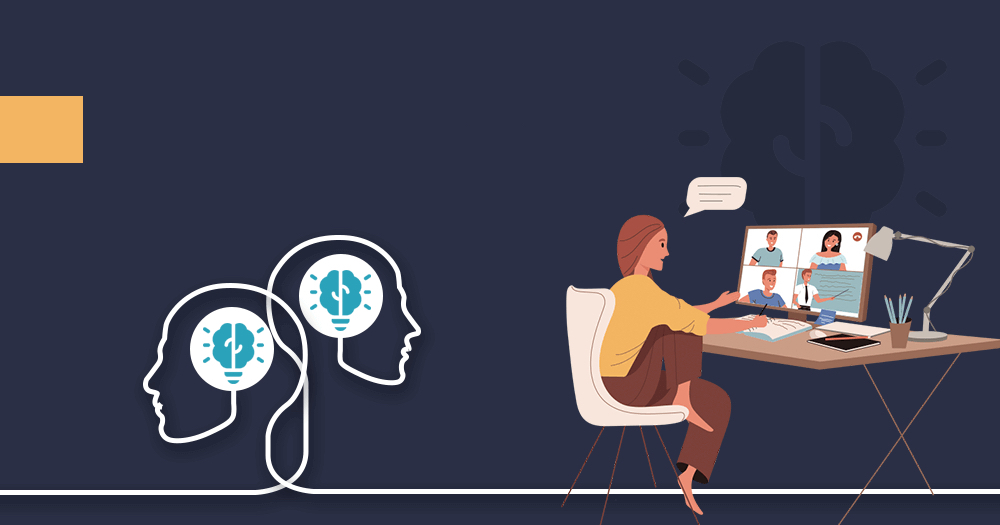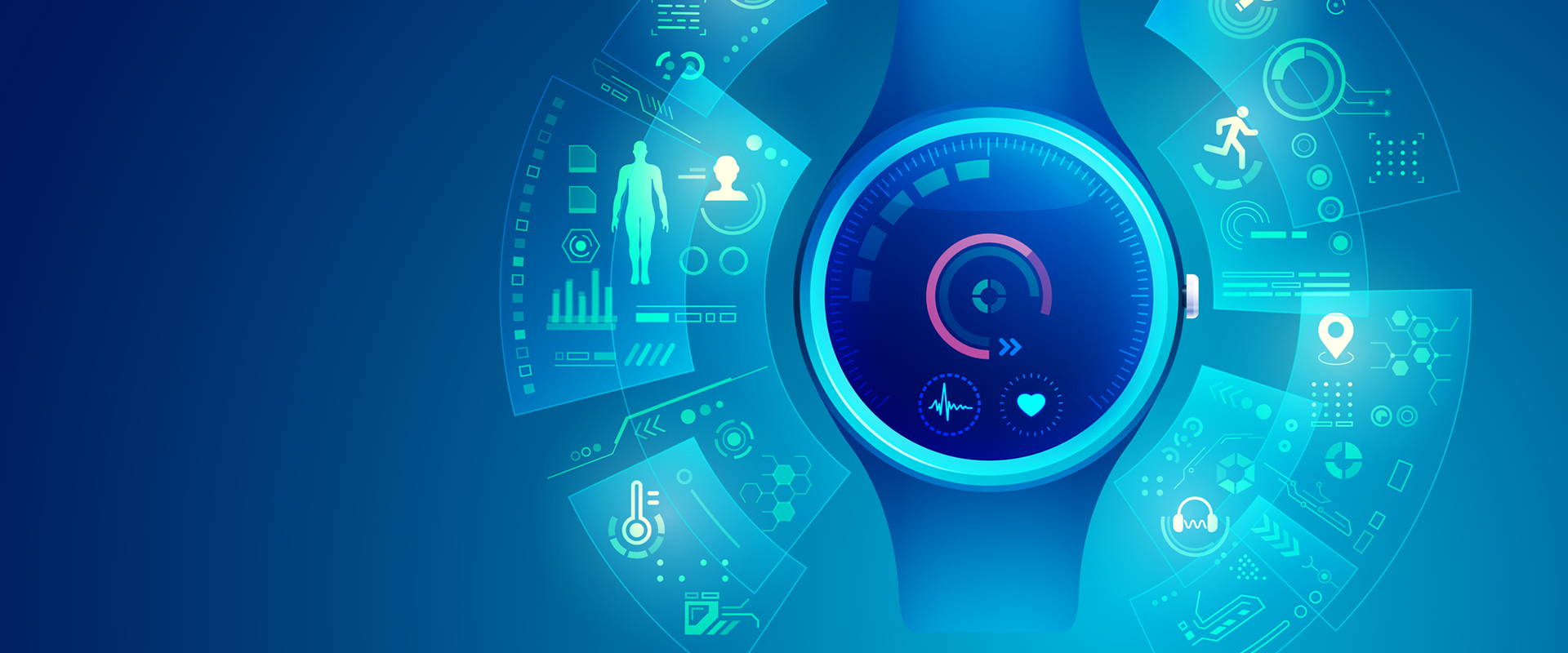In today’s digital-first world, mobile apps and online platforms have become an integral part of how we manage our daily lives, including mental health. From guided meditations to cognitive behavioral therapy tools, digital solutions promise to make mental wellness more accessible. But how effective are these apps at addressing emotional well-being and psychological challenges? As mental health remains a critical concern globally, it’s worth exploring whether these tools can genuinely improve mental health outcomes or if their benefits are overstated.
This article delves into the potential and limitations of mental health apps, exploring their accessibility, benefits, challenges, and how to maximize their use in modern wellness routines.
The Rise of Mental Health Apps
Growing Demand for Accessible Solutions
Mental health apps have seen explosive growth in recent years, with platforms like Calm, Headspace, and BetterHelp dominating app stores. This rise is largely driven by the increasing demand for mental health support and a recognition of the stigma surrounding traditional therapy. Digital tools offer a private, convenient way to access help without facing societal judgment.

Features That Stand Out
Most mental health apps focus on specific areas, including:
- Meditation and mindfulness: Apps like Insight Timer guide users through relaxation exercises.
- Mood tracking: Journaling apps help individuals identify emotional patterns.
- Cognitive-behavioral therapy (CBT): Platforms like Woebot mimic therapy sessions.
- Professional support: Virtual therapy services connect users with licensed counselors.
These apps are designed to empower individuals, providing on-demand resources tailored to specific needs.
Benefits of Digital Mental Health Tools
1. Accessibility and Convenience

For many, mental health services are either too expensive or inaccessible due to geographic or logistical barriers. Apps remove these obstacles, offering users access to resources anytime, anywhere.
- Affordable pricing: Many platforms offer free features or subscription plans that are more cost-effective than traditional therapy.
- Anonymity: Apps allow users to seek support discreetly, minimizing the stigma often associated with seeking help.
- Personalization: Advanced algorithms adapt tools to individual needs, making the experience more relevant.
2. Early Intervention and Prevention
Digital tools can serve as a first step in identifying mental health issues before they escalate. Features like symptom tracking and self-assessment quizzes help users recognize when they might need professional support.
- Behavioral insights: Tracking tools reveal habits that might contribute to stress or anxiety.
- Stress reduction: Guided exercises promote relaxation, reducing immediate emotional strain.
3. Support Between Therapy Sessions
Even for individuals undergoing traditional therapy, apps can act as a complementary resource. They allow users to practice techniques learned in therapy and stay engaged with their mental health journey between appointments.
- Reinforcing strategies: CBT apps guide users through reframing negative thoughts.
- Continued progress: Daily prompts encourage consistency in mental health routines.
Limitations of Mental Health Apps
1. Lack of Regulation
One major challenge with mental health apps is the lack of industry standards. While some platforms are developed with input from licensed professionals, others may lack scientific backing.
- Quality concerns: Not all apps are evidence-based, potentially leading to misinformation.
- Data privacy issues: Sensitive user information may be vulnerable to breaches or misuse.
2. One-Size-Fits-All Approach
Though personalization is a goal, many apps fail to address the unique complexities of individual mental health needs. Severe mental illnesses often require nuanced approaches that apps cannot replicate.
- Limited scope: Digital tools may not address deep-rooted psychological challenges.
- Dependency risks: Over-reliance on apps might delay seeking professional help.
3. Digital Divide
While these tools aim to improve accessibility, not everyone benefits equally. Factors like internet connectivity, language barriers, and technological literacy can limit their effectiveness.
:max_bytes(150000):strip_icc()/the-digital-divide-5116352-V1-fa4c42a027aa43bda4da16e973097b06.png)
- Exclusionary design: Non-English speakers or individuals unfamiliar with tech may find apps inaccessible.
- Overlooked demographics: Older adults or those in low-income areas may lack resources to use these tools effectively.
How to Use Mental Health Apps Effectively
1. Choose Evidence-Based Platforms
Select apps developed in collaboration with mental health professionals or backed by clinical studies. Reviews, certifications, and transparency about methods can help identify trustworthy options.
2. Combine Digital Tools with Professional Guidance
While apps are helpful, they should complement—not replace—therapy or medical treatment. Discuss app usage with a licensed professional to ensure alignment with personal goals.
3. Maintain Realistic Expectations
Apps can improve awareness and provide relief for mild to moderate issues, but they aren’t a solution for severe mental health conditions. Knowing their limits prevents disappointment.
Future of Digital Mental Health Tools
The integration of advanced technologies like artificial intelligence and machine learning is transforming how mental health apps operate. Predictive analytics, real-time feedback, and virtual reality are shaping the next wave of digital wellness solutions.
Trends to Watch
- AI chatbots: Virtual assistants like Wysa offer conversational therapy with advanced algorithms.
- Wearable integrations: Fitness trackers synced with apps monitor stress levels and offer tailored interventions.

- Global reach: Language localization expands access to underserved populations.
As these advancements continue, digital tools may become even more effective at improving mental well-being.
Conclusion
Mental health apps hold immense potential for improving emotional well-being by offering accessible, cost-effective, and innovative solutions. However, they are not without challenges, including regulatory gaps and limitations in addressing complex conditions. By combining these tools with professional care and approaching them with realistic expectations, users can enhance their mental health journeys.
What has your experience been with mental health apps? Share your thoughts in the comments or explore our resources for more insights into digital wellness tools. Let’s navigate the future of mental health care together!

Leave a Reply